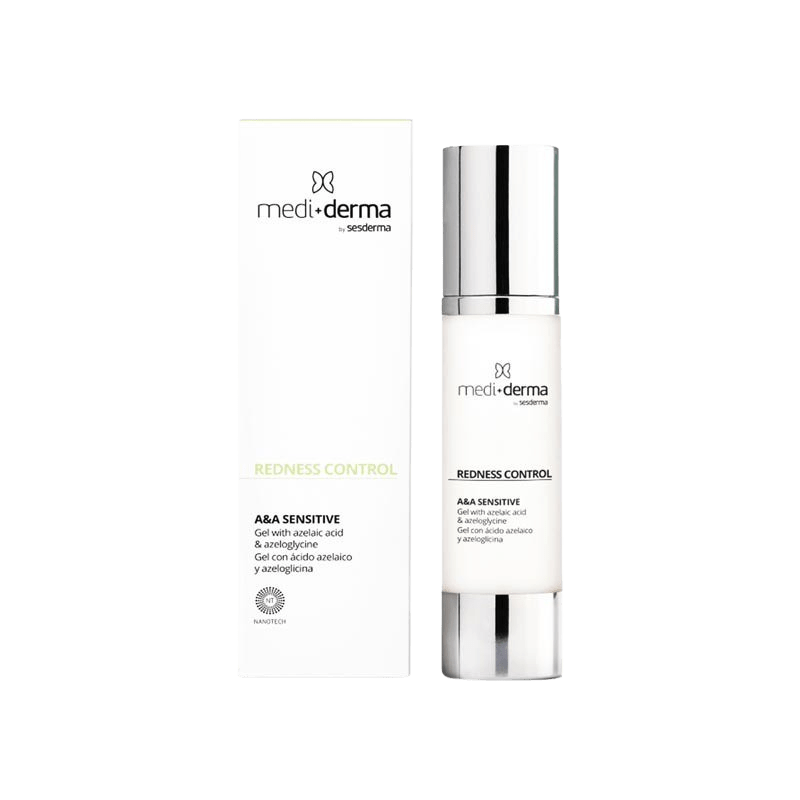
Join now for exclusive pricing & express shipping
Among the arsenal of tools available to combat the signs of aging, two heavyweights reign supreme: Teosyal and Juvederm. These dermal fillers have revolutionized the field, offering non-surgical solutions to wrinkles, volume loss, and facial contouring. But what exactly sets them apart? And how do they compare in terms of efficacy, longevity, and safety?
Both Teosyal and Juvederm are composed of hyaluronic acid (HA), a naturally present substance in the body that helps maintain hydration and volume in the skin. This biocompatible ingredient makes them well-tolerated and minimizes the risk of allergic reactions.
Both fillers can address a wide range of concerns, including smoothing fine lines and wrinkles, restoring lost volume, enhancing lip fullness, and sculpting facial contours. Their versatility makes them suitable for various aesthetic goals and facial areas.
In terms of the procedural outcome, both Teosyal and Juvederm provide immediate results, with improvements in skin texture, hydration, and volume noticeable shortly after treatment. The duration of these outcomes usually ranges from several months to more than a year, influenced by factors such as the type of product utilized and individual variables like metabolism and lifestyle.
While both Teosyal and Juvederm utilize hyaluronic acid (HA) as their primary ingredient, differences in manufacturing technology and cross-linking techniques can influence their viscosity, elasticity, and duration of effects. Teosyal is manufactured using a patented process called “Swiss technology,” which aims to create a smooth, homogeneous gel with optimal elasticity and longevity. Teosyal, on the other hand, employs a proprietary cross-linking technology known as Vycross®, which enhances the gel’s durability and cohesiveness.
The consistency and texture of Teosyal and Juvederm formulations can vary, with some products designed to be more robust and suitable for deeper injections (e.g., volumizing cheeks). In contrast, others are formulated for finer, more superficial treatments (e.g., smoothing lip lines). The selection between the two options might hinge on the particular area undergoing treatment and the intended result.
Teosyal and Juvederm offer a diverse range of products tailored to different aesthetic needs and preferences. While some formulations are optimized for volumizing and contouring, others focus on softer, more natural-looking enhancements. Consulting with a skilled dermatologist or plastic surgeon can help determine the most fitting product for individual concerns.
Determining which dermal filler, between Teosyal and Juvederm, is preferable relies on several factors, including individual preferences, treatment objectives, skin condition, and the expertise of the administering healthcare professional. Both brands have established reputations for efficacy and safety, offering a diverse array of products tailored to varying aesthetic needs.
Considerations such as injection technique and practitioner experience, treatment costs and sustainability, patient satisfaction and testimonials, personalized recommendations from consultations, and available clinical research should all factor into the decision-making process.
In conclusion, Teosyal and Juvederm represent two leading options in the world of dermal fillers, each with its unique strengths and characteristics. While both offer safe and effective solutions for facial rejuvenation, the choice between them may depend on factors such as treatment goals, skin conditions, and personal preferences. By understanding the similarities and differences between these innovative fillers, individuals can make informed decisions to achieve the youthful, refreshed appearance they desire.
